Dry Fruits & Nuts: Health Benefits and How to Include Them in Your Diet
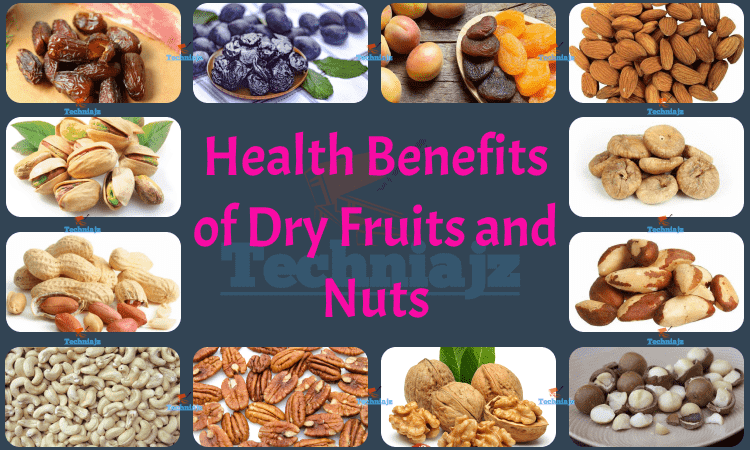
Table of Content:
- What are Dry Fruits and Nuts
- Common Dry Fruits and Nuts
- Health Benefits of Dry Fruits and Nuts
- How to Consume Dry Fruits and Nuts For Maximum Health Benefits?
- How to Add Dry Fruits and Nuts into Daily Diet?
1. What are Dry Fruits and Nuts:
Dry Fruits are fruits that have had most of their water content removed through a drying process, such as sun-drying or dehydrating. These fruits become concentrated sources of nutrients and energy, and are commonly eaten as a snack or used in cooking and baking.
Nuts are the hard-shelled fruit of certain plants and trees. They are typically high in fat, protein, and other important nutrients. Nuts are available in many different types, each with its own unique flavor and nutritional profile.
Dry Fruits are fruits that have had most of their water content removed through a drying process, such as sun-drying or dehydrating. These fruits become concentrated sources of nutrients and energy, and are commonly eaten as a snack or used in cooking and baking.
Nuts are the hard-shelled fruit of certain plants and trees. They are typically high in fat, protein, and other important nutrients. Nuts are available in many different types, each with its own unique flavor and nutritional profile.
2. Common Dry Fruits and Nuts:
Here are some examples of common types of dry fruits and nuts:
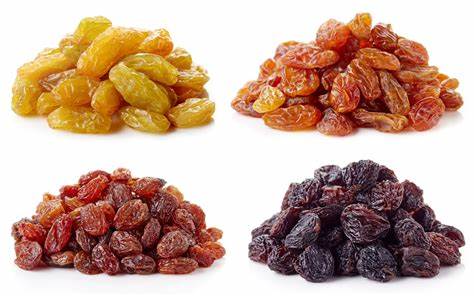
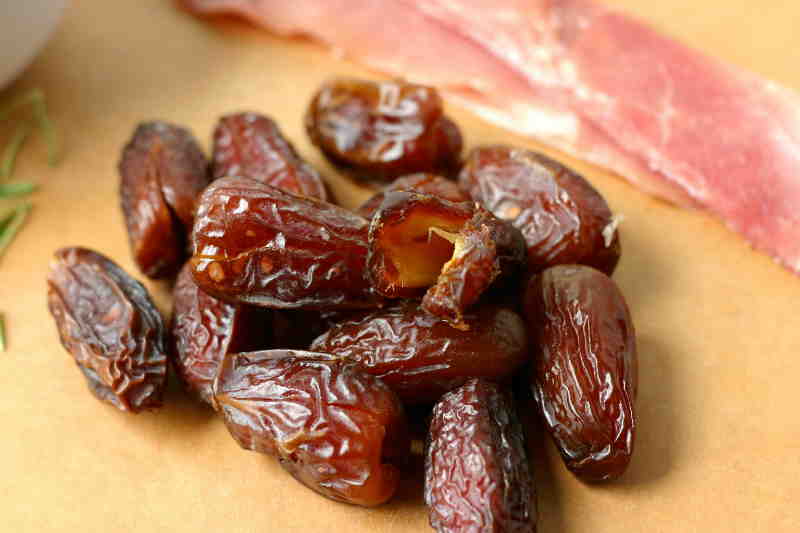
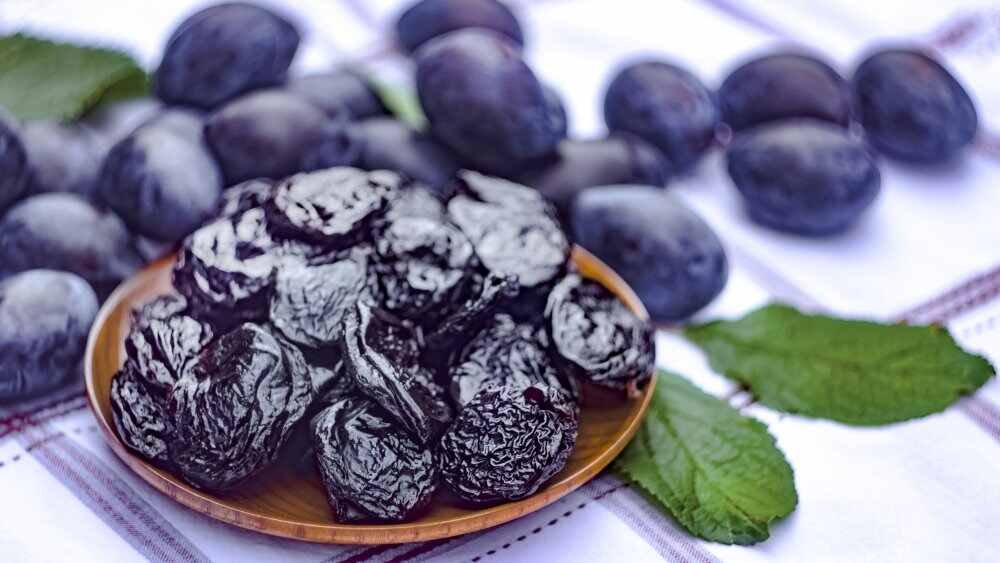
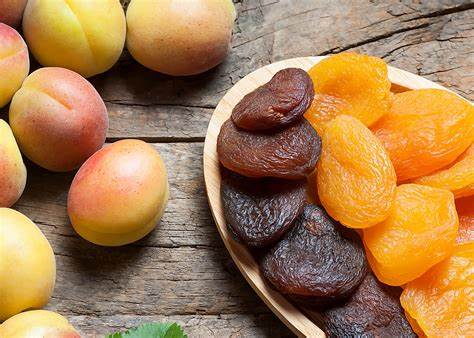
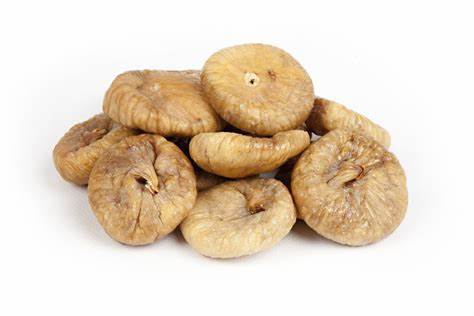
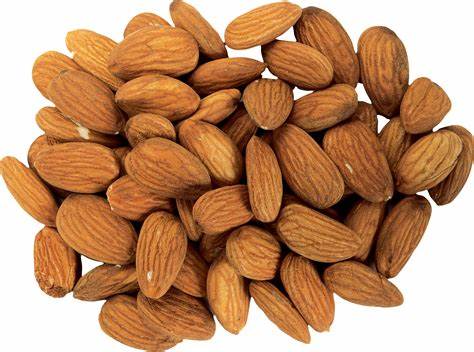
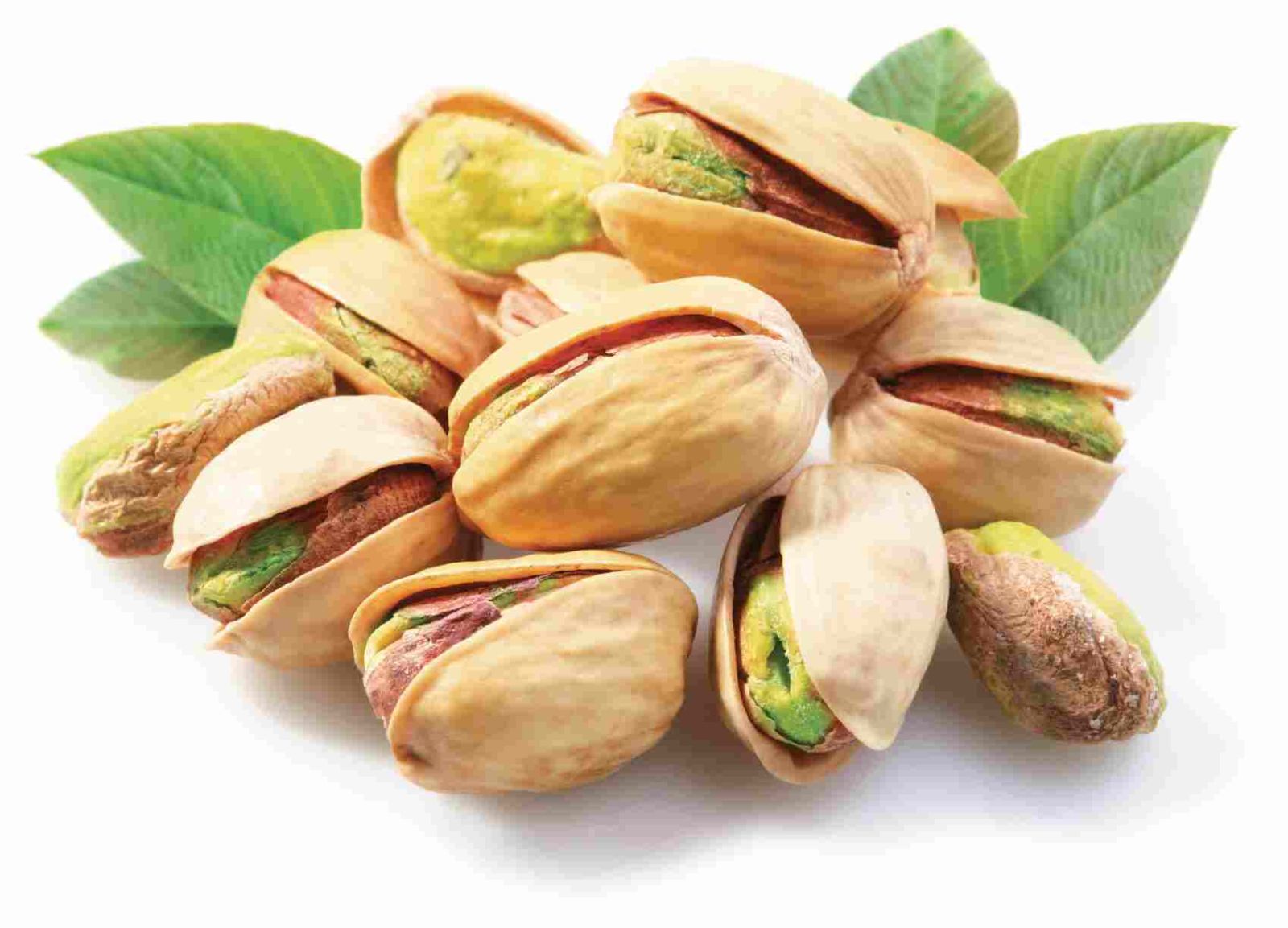
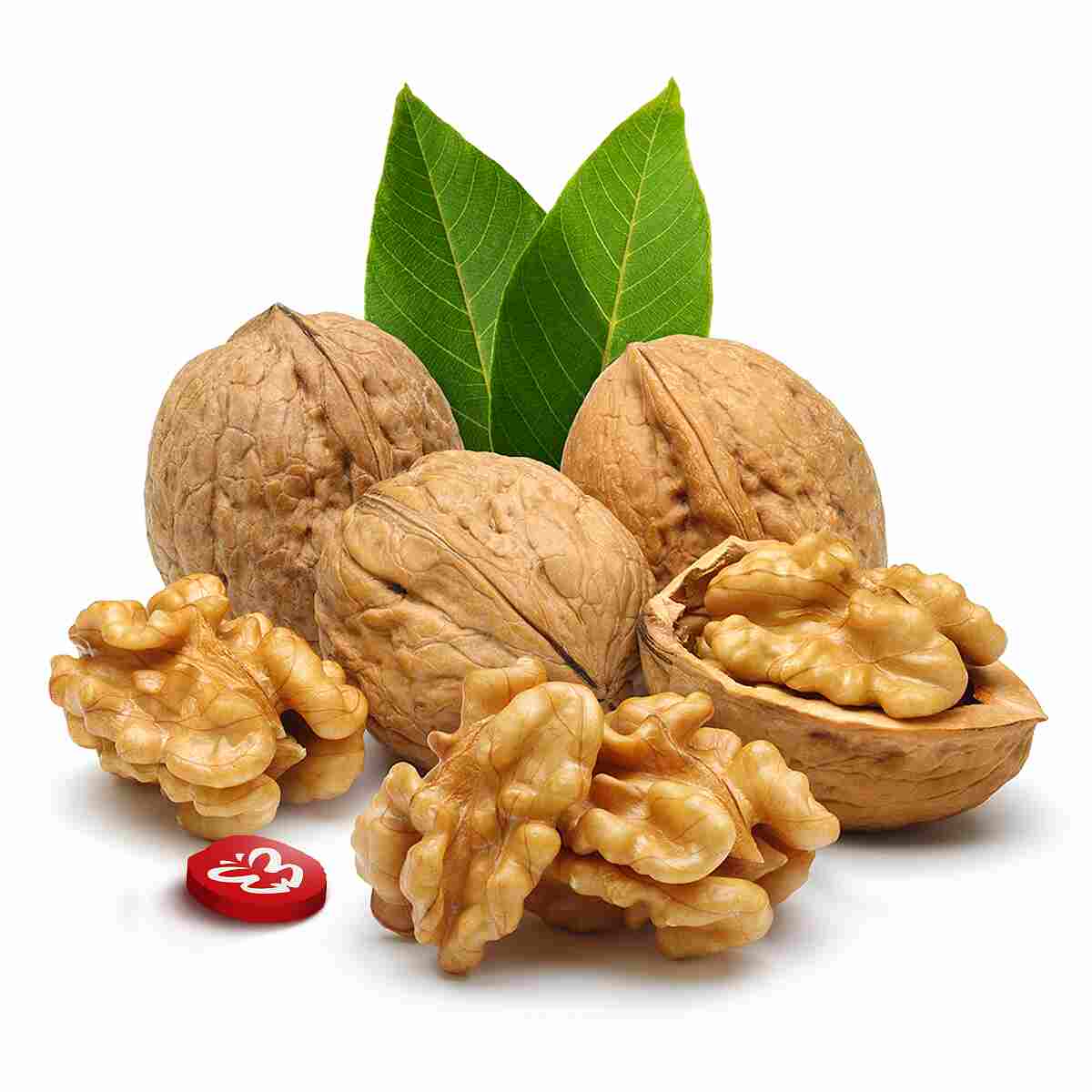
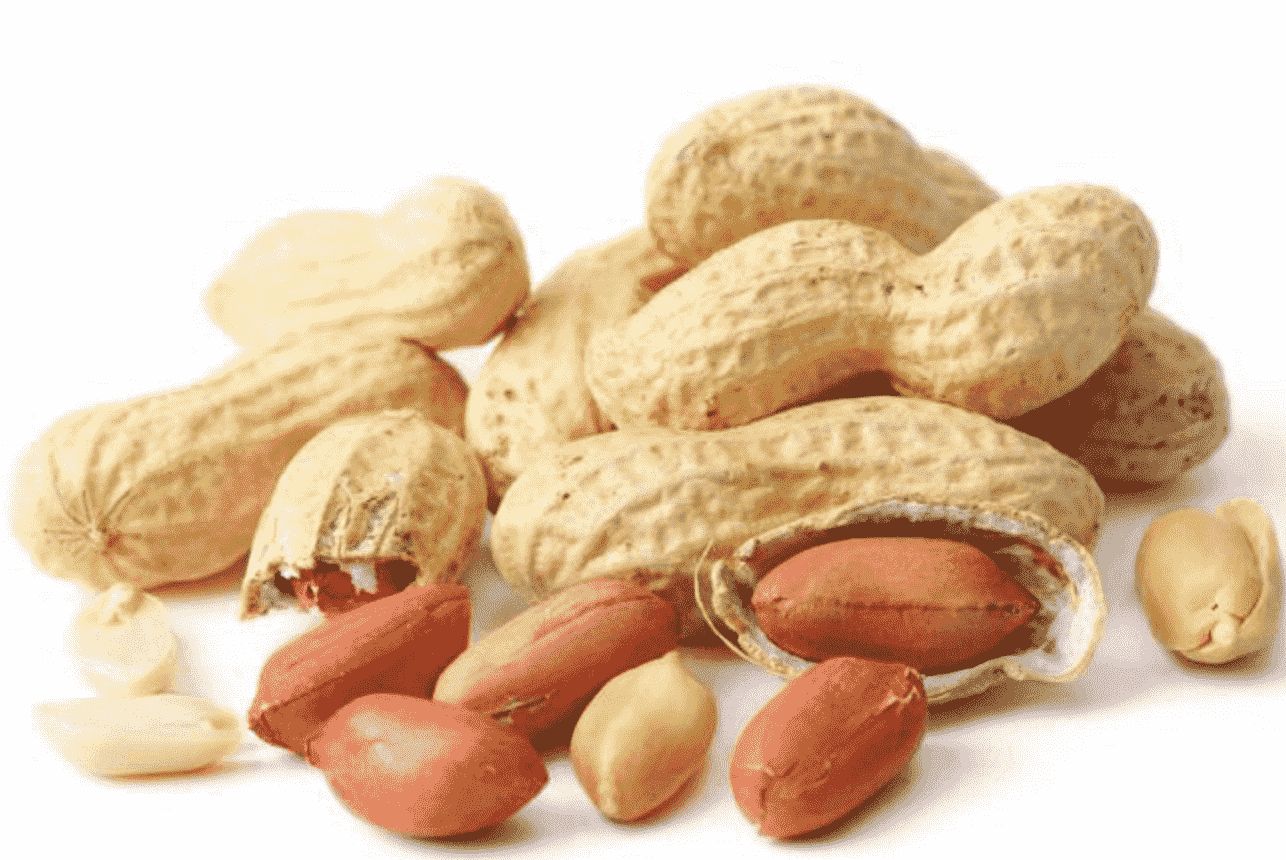
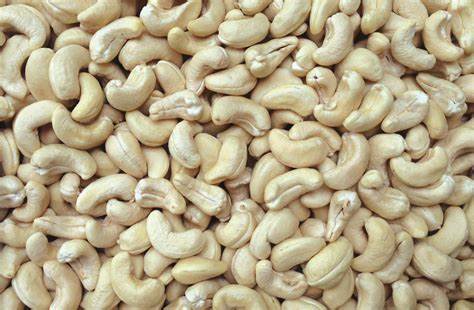
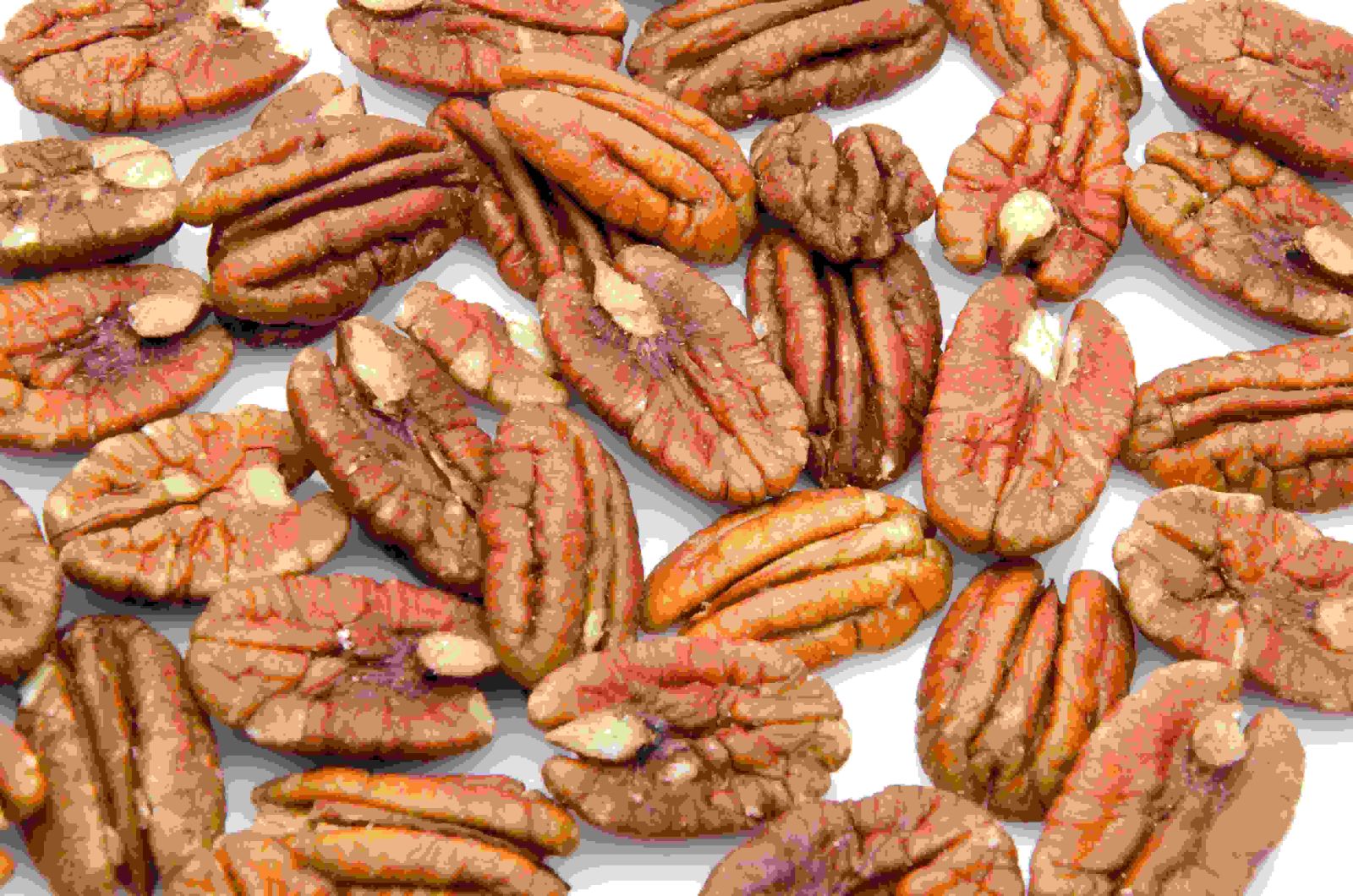
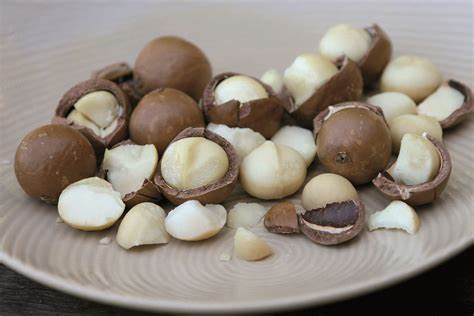
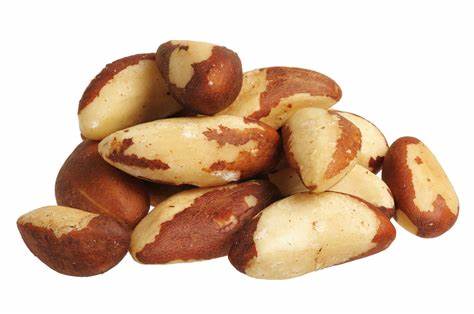
Here are some examples of common types of dry fruits and nuts:
Raisins: Raisins are dried grapes. They are usually made from Thompson seedless grapes, but can also be made from other types of grapes. The grapes are dried in the sun or in a dehydrator, and the resulting product is a sweet, chewy, and nutritious snack. Raisins are often used in baking and as a topping for cereal or yogurt. They are also a popular ingredient in trail mix.

Dates: Dates are a type of fruit that grow on date palm trees. They are sweet and have a chewy texture, and are often used in baking, cooking, and as a snack. Dates have been cultivated for thousands of years in the Middle East and Africa, and are a staple food in many cultures. They can also be eaten as a snack, blended into smoothies, or added to oatmeal or granola.

Prunes: Prunes are dried plums. They are typically darker in color and have a wrinkled appearance. They are often used as a natural laxative due to their high fiber content, but can also be eaten as a snack or used in cooking and baking. Prunes are dried plums that are high in fiber, antioxidants, and vitamins A and K. They are commonly used to help relieve constipation and promote regular bowel movements.

Apricots: Apricots are a type of fruit that belongs to the rose family. They are small, round, and have a yellow or orange color. They have a smooth, velvety skin and a sweet, juicy flesh. They grow on apricot trees, which are native to China and Central Asia. Apricots are dried form of fruit which is high in Vitamin A, Vitamin C, and beta-carotene. They are a popular snack and can also be used in baking and cooking.

Figs: Figs are a type of fruit that grow on a deciduous tree called the common fig tree (Ficus carica). They are typically small, round or oblong in shape, and have a soft, sweet flesh with small seeds in the center. Figs are sweet, slightly chewy fruit with a unique texture. They are often eaten dried or used in baking or cooking.

Almonds: Almonds are a type of tree nut that grow on almond trees. They have a hard, woody outer shell that encloses a soft, edible kernel. Almonds are a popular food and ingredient in many recipes, and are also used to make almond milk, almond butter, and almond oil. They are a rich source of protein, healthy fats, and essential vitamins and minerals.

Pistachios: Pistachios are a type of nut that grows on trees in the Pistacia genus. They have a hard, tan-colored shell that opens to reveal a green, edible kernel. Pistachios are a type of tree nut that are high in protein, healthy fats, and antioxidants. They are commonly eaten as a snack, but can also be used in cooking and baking.

Walnuts: Walnuts are the edible seeds or nuts of the tree Juglans regia, commonly known as the English walnut or common walnut. They are encased in a hard, smooth outer shell and have a rich, slightly sweet flavor. Walnuts are another type of tree nut that are high in omega-3 fatty acids, antioxidants, and vitamins. They are commonly eaten as a snack, but can also be used in cooking and baking.

Peanuts: Peanuts are a type of legume that grows underground and are commonly used in a variety of foods and products. Peanuts are high in monounsaturated fats, protein, and vitamin E. They are often used as a snack, made into peanut butter, or added to recipes.

Cashews: Cashews are a type of tree nut that are commonly consumed as a snack or used as an ingredient in various dishes. They are native to Brazil and are grown in many tropical regions around the world. Cashews have a creamy, buttery texture and a slightly sweet, nutty flavor. Cashews are high in magnesium and zinc, they are often used as a snack, added to recipes, or used as a topping for oatmeal or yogurt.

Pecans: Pecans are a type of nut that comes from the pecan tree, which is native to North America. Pecans are high in monounsaturated fats and vitamin E. They are often used in baking, added to recipes, or used as a topping for oatmeal or yogurt.

Macadamia Nut: Macadamia nuts are the edible seeds of the macadamia tree, which is native to Australia. They have a hard, smooth shell and a creamy, slightly sweet flavor. Macadamia are high in monounsaturated fats and iron. They are often used as a snack and added to recipes.

Brazil Nuts: Brazil nuts are large, round nuts that grow in the Amazon rainforest in South America. They are encased in a hard, woody shell and are typically sold shelled. Brazil nuts are high in selenium, magnesium and Phosphorus. They are often used as a snack, added to trail mix, or used as a topping for oatmeal or yogurt.

3. Health Benefits of Dry Fruits and Nuts:
Dry fruits and nuts are a good source of nutrients and can offer a variety of health benefits. Some of the key benefits include:
Dry Fruits and Nuts May Support Good Heart Health: Dry fruits and nuts are a good source of monounsaturated and polyunsaturated fats, which can help lower cholesterol levels and reduce the risk of heart disease. They are also a good source of antioxidants, which can help protect the heart by neutralizing harmful free radicals.
Dry Fruits and Nuts May Help in Weight Management: Dry fruits and nuts are a good option for people who are trying to manage their weight because they are relatively low in calories and high in fiber. They can help you feel full and satisfied, which can help curb cravings and prevent overeating.
Dry Fruits and Nuts May Support Brain Health: Dry fruits and nuts are a good source of omega-3 fatty acids, which are important for brain health. They can help improve cognitive function and reduce the risk of age-related cognitive decline.
Dry Fruits and Nuts May Support Bone Health: Dry fruits and nuts are a good source of calcium, magnesium, and potassium, which are all important for maintaining bone health. They can help prevent bone loss and reduce the risk of osteoporosis.
Dry Fruits and Nuts May Help in Cancer Prevention: Some studies have suggested that eating dry fruits and nuts may help reduce the risk of certain types of cancer. This is thought to be due to the high levels of antioxidants and phytochemicals they contain.
Dry Fruits and Nuts are Rich in Fiber, Vitamin and Minerals: Most of the dry fruits and nuts are a good source of Fiber, vitamins and minerals. Such as, Almonds are a good source of Vitamin E, Walnuts are a good source of omega-3 fatty acids, Cashews are a good source of Magnesium.
It's important to note that eating too much of anything can lead to weight gain, so it's important to consume dry fruits and nuts in moderation as part of a balanced diet. As they are relatively high in calories and fat compared to fresh fruits, they should be eaten in small amounts.
Dry fruits and nuts are a good source of nutrients and can offer a variety of health benefits. Some of the key benefits include:
Dry Fruits and Nuts May Support Good Heart Health: Dry fruits and nuts are a good source of monounsaturated and polyunsaturated fats, which can help lower cholesterol levels and reduce the risk of heart disease. They are also a good source of antioxidants, which can help protect the heart by neutralizing harmful free radicals.
Dry Fruits and Nuts May Help in Weight Management: Dry fruits and nuts are a good option for people who are trying to manage their weight because they are relatively low in calories and high in fiber. They can help you feel full and satisfied, which can help curb cravings and prevent overeating.
Dry Fruits and Nuts May Support Brain Health: Dry fruits and nuts are a good source of omega-3 fatty acids, which are important for brain health. They can help improve cognitive function and reduce the risk of age-related cognitive decline.
Dry Fruits and Nuts May Support Bone Health: Dry fruits and nuts are a good source of calcium, magnesium, and potassium, which are all important for maintaining bone health. They can help prevent bone loss and reduce the risk of osteoporosis.
Dry Fruits and Nuts May Help in Cancer Prevention: Some studies have suggested that eating dry fruits and nuts may help reduce the risk of certain types of cancer. This is thought to be due to the high levels of antioxidants and phytochemicals they contain.
Dry Fruits and Nuts are Rich in Fiber, Vitamin and Minerals: Most of the dry fruits and nuts are a good source of Fiber, vitamins and minerals. Such as, Almonds are a good source of Vitamin E, Walnuts are a good source of omega-3 fatty acids, Cashews are a good source of Magnesium.
It's important to note that eating too much of anything can lead to weight gain, so it's important to consume dry fruits and nuts in moderation as part of a balanced diet. As they are relatively high in calories and fat compared to fresh fruits, they should be eaten in small amounts.
4. How to Consume Dry Fruits and Nuts to Get the Maximum Health Benefits?
To consume dry fruits and nuts in a way that maximizes their health benefits, you should follow these tips:
Eat Dry Fruits and Nuts in a Variety: Each type of dry fruit and nut has unique nutritional benefits, so it's a good idea to eat a variety of them. Try incorporating different types of nuts like almonds, walnuts, and pistachios, as well as different types of dry fruits like apricots, figs, and cranberries.
Consume Dry Fruits and Nuts in Moderation: As dry fruits and nuts are calorie-dense, consuming them in moderation is essential. Eating an ounce or two of nuts, and about 1/4 cup of dried fruits per day is a healthy serving.
Eat Dry Fruits and Nuts Raw or Minimally Processed: Raw or minimally processed dry fruits and nuts are often the most nutritious. Avoid varieties that are roasted, salted or sweetened as these processing may add unhealthy fats, sodium, and sugar to the food.
Combine Dry Fruits and Nuts with Other Healthy Foods: Dry fruits and nuts are a great addition to a healthy diet, but they're even better when combined with other nutrient-dense foods. Consider pairing them with fresh fruits, vegetables, lean protein, and whole grains to make a well-rounded and healthy meal.
Make Dry Fruits and Nuts a Part of Your Daily Routine: Incorporating dry fruits and nuts into your daily diet is key to getting the most health benefits. Make it a habit of adding them to meals and snacks, so you'll be sure to get a consistent dose of nutrients each day.
Keep Dry Fruits and Nuts Handy: Nuts and dry fruits are a great on-the-go snack, so keep a bag or container in your purse, car, or at your desk, so you have them on hand whenever you need a quick snack.
By incorporating dry fruits and nuts into your diet in a mindful and consistent way, you can maximize the health benefits they provide. Remember to consult with a healthcare professional before making any significant changes to your diet.
To consume dry fruits and nuts in a way that maximizes their health benefits, you should follow these tips:
Eat Dry Fruits and Nuts in a Variety: Each type of dry fruit and nut has unique nutritional benefits, so it's a good idea to eat a variety of them. Try incorporating different types of nuts like almonds, walnuts, and pistachios, as well as different types of dry fruits like apricots, figs, and cranberries.
Consume Dry Fruits and Nuts in Moderation: As dry fruits and nuts are calorie-dense, consuming them in moderation is essential. Eating an ounce or two of nuts, and about 1/4 cup of dried fruits per day is a healthy serving.
Eat Dry Fruits and Nuts Raw or Minimally Processed: Raw or minimally processed dry fruits and nuts are often the most nutritious. Avoid varieties that are roasted, salted or sweetened as these processing may add unhealthy fats, sodium, and sugar to the food.
Combine Dry Fruits and Nuts with Other Healthy Foods: Dry fruits and nuts are a great addition to a healthy diet, but they're even better when combined with other nutrient-dense foods. Consider pairing them with fresh fruits, vegetables, lean protein, and whole grains to make a well-rounded and healthy meal.
Make Dry Fruits and Nuts a Part of Your Daily Routine: Incorporating dry fruits and nuts into your daily diet is key to getting the most health benefits. Make it a habit of adding them to meals and snacks, so you'll be sure to get a consistent dose of nutrients each day.
Keep Dry Fruits and Nuts Handy: Nuts and dry fruits are a great on-the-go snack, so keep a bag or container in your purse, car, or at your desk, so you have them on hand whenever you need a quick snack.
By incorporating dry fruits and nuts into your diet in a mindful and consistent way, you can maximize the health benefits they provide. Remember to consult with a healthcare professional before making any significant changes to your diet.
5. How to Add Dry Fruits and Nuts into Daily Diet?
There are many ways to add dry fruits and nuts into your daily diet, here are a few suggestions:
Snack on Dry Fruits and Nuts: Dry fruits and nuts make a great snack on their own. They can be eaten alone or mixed together to create a custom trail mix.
Add Dry Fruits and Nuts to Breakfast: Dry fruits and nuts can be added to oatmeal, yogurt, or cereal to boost the nutrition content of your breakfast.
Use Dry Fruits and Nuts in Baking: Dry fruits and nuts can be added to baked goods like bread, muffins, and cookies to add flavor and nutrition.
Add Dry Fruits and Nuts on Top off Salads or Yogurt: Add dry fruits and nuts on top of your salad or yogurt to add a crunchy texture and boost the flavor and nutrition.
Mix Dry Fruits and Nuts in with Cooking: Use dry fruits and nuts in cooking, such as adding chopped nuts to a salad dressing, adding dried cranberries to a stuffing recipe, or mixing chopped almonds in a casserole.
Use Dry Fruits and Nuts in Desserts: Dry fruits and nuts are a great way to add flavor, texture, and nutrition to desserts like puddings, ice cream and pies.
Eat as it is: you can keep them handy and eat as it is, like an almond, cashew, walnuts or Pistachios as a healthy snack option.
It's important to remember that dry fruits and nuts are calorie-dense, so it's important to watch portion sizes and consume them in moderation as part of a balanced diet. Keep in mind to choose varieties that are unsweetened and unsalted to keep the nutritional value intact.
There are many ways to add dry fruits and nuts into your daily diet, here are a few suggestions:
Snack on Dry Fruits and Nuts: Dry fruits and nuts make a great snack on their own. They can be eaten alone or mixed together to create a custom trail mix.
Add Dry Fruits and Nuts to Breakfast: Dry fruits and nuts can be added to oatmeal, yogurt, or cereal to boost the nutrition content of your breakfast.
Use Dry Fruits and Nuts in Baking: Dry fruits and nuts can be added to baked goods like bread, muffins, and cookies to add flavor and nutrition.
Add Dry Fruits and Nuts on Top off Salads or Yogurt: Add dry fruits and nuts on top of your salad or yogurt to add a crunchy texture and boost the flavor and nutrition.
Mix Dry Fruits and Nuts in with Cooking: Use dry fruits and nuts in cooking, such as adding chopped nuts to a salad dressing, adding dried cranberries to a stuffing recipe, or mixing chopped almonds in a casserole.
Use Dry Fruits and Nuts in Desserts: Dry fruits and nuts are a great way to add flavor, texture, and nutrition to desserts like puddings, ice cream and pies.
Eat as it is: you can keep them handy and eat as it is, like an almond, cashew, walnuts or Pistachios as a healthy snack option.
It's important to remember that dry fruits and nuts are calorie-dense, so it's important to watch portion sizes and consume them in moderation as part of a balanced diet. Keep in mind to choose varieties that are unsweetened and unsalted to keep the nutritional value intact.
Dry Fruits & Nuts Health Benefits of Dry Fruits and Nuts Dry Fruits Nuts Dry Fruits and Nuts common dry fruits Common nuts Dry Fruits Type Types of Nuts Consume Dry Fruits and Nuts Add Dry Fruits and Nuts into Daily Diet Dry Fruits & Nuts Health Benefits
Comments